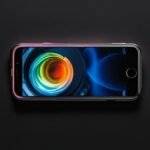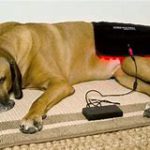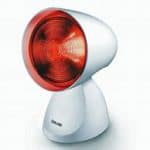The topic of discussion is whether iPhone EMF detectors work or not. In recent years, concerns about the potential health effects of electromagnetic radiation have increased, and EMF or electromagnetic field detectors have become popular tools for measuring exposure to this type of energy. However, there is some debate about the accuracy and reliability of EMF detectors, particularly those that can be downloaded as apps onto an iPhone. So, the question is whether these iPhone EMF detectors are effective and if they can accurately detect EMF levels.
Contents
Understanding EMF
Before diving into the effectiveness of iPhone EMF detectors, it’s essential to understand what EMF is. EMF, or electromagnetic fields, are invisible fields of energy that surround electronic devices. These fields are produced by the movement of electrons and can be found in the natural world, such as the Earth’s magnetic field, or in man-made devices, such as cell phones and laptops.
There are two types of EMF: ionizing and non-ionizing. Ionizing radiation is high-energy radiation that can cause damage to cells and DNA, such as X-rays and gamma rays. On the other hand, non-ionizing radiation is low-energy radiation that doesn’t have enough energy to cause cellular damage. Examples of non-ionizing radiation include radio waves, microwaves, and infrared radiation.
The Concerns Surrounding EMF
While non-ionizing radiation is considered safe, there are concerns about the long-term effects of exposure to EMF. Some studies have suggested that prolonged exposure to EMF can lead to health problems such as cancer, Alzheimer’s disease, and infertility. However, the research in this area is still ongoing, and there is no conclusive evidence to support these claims.
Despite this, many people are still concerned about the potential risks of EMF exposure, particularly from electronic devices such as cell phones and laptops. As a result, there has been an increase in the availability of EMF detectors, including those that can be used with an iPhone.
The Effectiveness of iPhone EMF Detectors
There are several iPhone apps available that claim to detect EMF radiation. These apps use the phone’s built-in sensors to measure the strength of the EMF fields surrounding the device. However, the effectiveness of these apps is questionable.
One issue with iPhone EMF detectors is that the sensors in the phone are not designed for this purpose. The sensors in the iPhone are primarily used to detect changes in the device’s orientation and movement, rather than EMF radiation. As a result, the accuracy of these apps is limited, and they may not be able to detect low levels of EMF radiation.
Another problem with iPhone EMF detectors is that they may give false readings. EMF radiation can be produced by a variety of sources, including power lines and other electronic devices. As a result, it can be challenging to determine the source of the EMF radiation detected by the app. This can lead to false alarms and unnecessary concern.
One key takeaway from this text is that while iPhone EMF detectors may not be the most accurate way to measure EMF radiation, they can still be a useful tool for raising awareness about the potential risks of EMF exposure. It’s important to understand that there are two types of EMF radiation: ionizing and non-ionizing, and while non-ionizing radiation is considered safe, there are concerns about the long-term effects of exposure to EMF. Creating a low-EMF environment in the home and limiting the use of electronic devices are some ways to reduce exposure. Additionally, ongoing research and development efforts are being made to create more advanced EMF detection technology. It’s essential to stay informed about this research and make decisions about EMF exposure based on the best available evidence.







